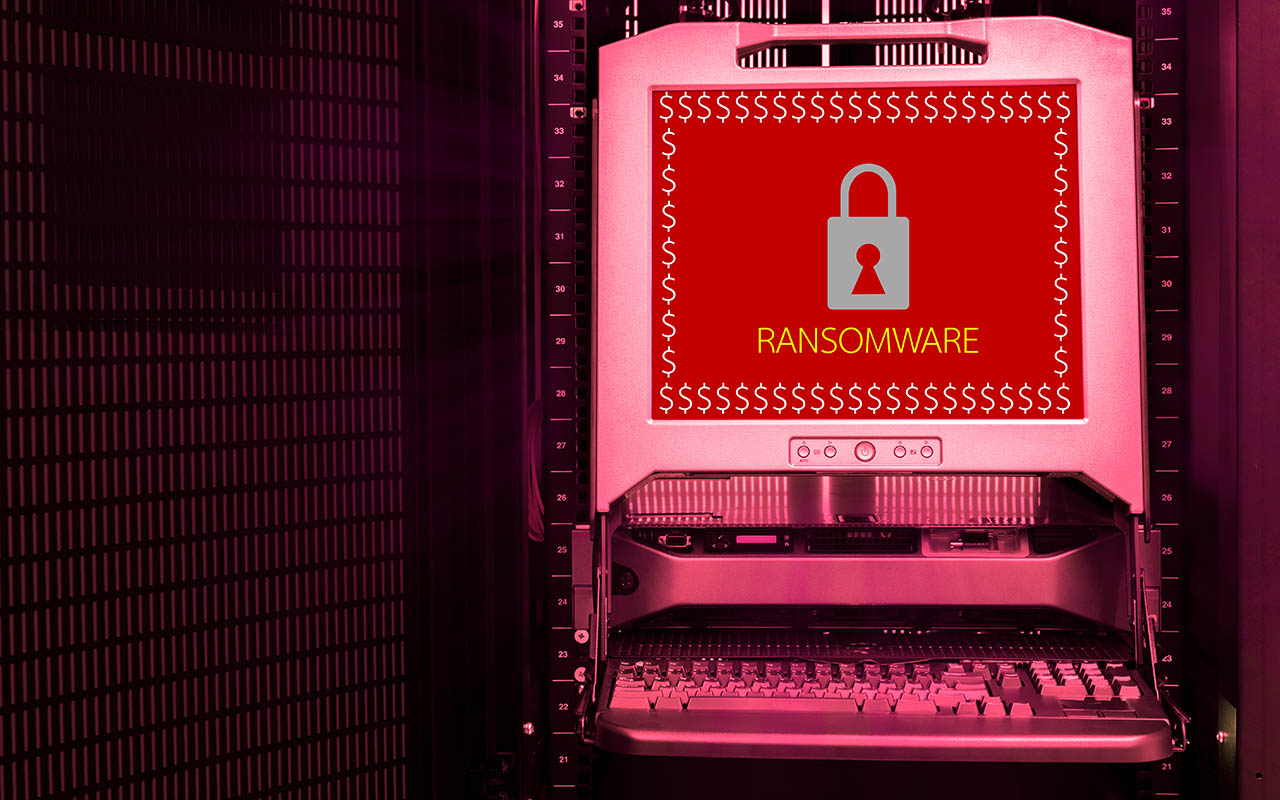.png
)
Introduction
The role of the Chief Information Security Officer (CISO) has dramatically evolved in today’s digitally-driven landscape. No longer just guardians of IT security, modern CISOs are pivotal strategic partners, driving significant business value.
The Shifting Landscape of Cybersecurity
With the rise in sophisticated cyber threats and stringent regulations, it’s become imperative for organizations to integrate cybersecurity into their core business strategies and risk management processes, transforming CISOs into crucial business translators.
Mastering Dual Roles: Technologist and Strategist
Today’s CISOs must adeptly navigate between complex technical challenges and the strategic business goals of their organizations, ensuring a seamless alignment of tech solutions with business objectives.
From Technologists to Strategic Advisors
The responsibilities of modern CISOs extend beyond traditional IT security tasks; they must also influence and drive the broader business agenda:
- Understanding Industry Dynamics: Knowing the specifics of the industries they operate in, from compliance issues to competitor activities, is crucial.
- Translating Technical Risks: Communicating the potential business impacts of technical risks persuasively to the executive leadership, aligning security measures with business priorities.
- Advocating for Smart Security Investments: Championing investments in security measures that foster innovation, build customer trust, and facilitate long-term growth.
These elements help transform the CISO from a back-office IT leader into a front-line strategic advisor.
5 Key Strategies for CISOs to Excel as Business Enablers
- Speak the Language of Business: Move beyond tech jargon to communicate the business implications of security risks.
- Integrate with Enterprise Risk Management: Align closely with corporate risk frameworks to prioritize cybersecurity initiatives effectively.
- Forge Cross-Functional Alliances: Collaborate with various departments to integrate security into all facets of the business.
- Emphasize Resilience: Develop and advocate for robust incident response plans that ensure business continuity.
- Report What Matters: Focus on delivering metrics and results that resonate with executive and board-level priorities.
The Future Path: Embedding Security into Business DNA
Looking forward, successful CISOs will be those who can seamlessly integrate security into their organization’s culture and strategic vision, enabling them to proactively anticipate threats and innovate securely.
- Continuous Learning: Keep abreast of both technological advancements and business strategy developments.
- Promoting a Security-First Culture: Partner with top executives to ensure that security is a shared responsibility across all levels of the organization.
Embracing these roles and strategies will enable CISOs not just to protect but to power forward, turning cybersecurity into a strategic asset that drives business growth and resilience.
Stay Updated: Follow us on platforms like Google News, LinkedIn, and X to stay informed on the latest strategies and insights for modern CISOs. Google News, LinkedIn, X
Related: Top 5 Stealth Malware Tactics That Bypass Corporate Security
Last Updated: April 16, 2025




